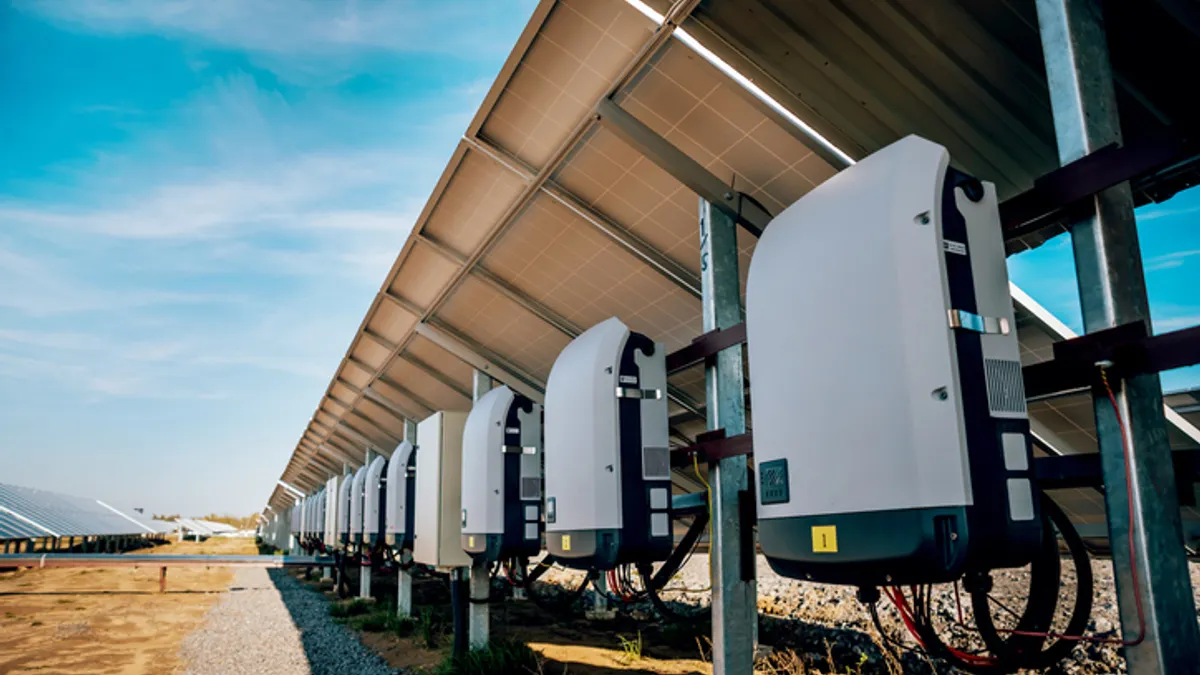Dive Summary:
- Despite being one of the cheapest methods of storing massive loads of energy for a lengthy period of time, compressed-air energy storage (CAES) projects number in the few and require rare, gigantic underground caverns to hold the compressed air. But the technology is making a comeback.
- Texas grid operator ERCOT will get 317 megawatts of CAES storage, developers Dresser-Rand and Apex Compressed Air Energy Storage announced early July. The $200 million Bethel Energy Center project is the first big CAES project in the U.S. in decades.
- “At $200 million for 317 megawatts, the Apex/Dresser-Rand project adds up to about $630 per kilowatt, or cheaper than any battery technology out there except lead-acid batteries, which have been used for decades on the grid but are short-lived and expensive to maintain,” Greentech Media report.
From the article:
“In California, Pacific Gas & Electric is building its own 300-megawatt, 10-hour CAES project, meant to use wind power to compress air at night when it’s cheap and plentiful, then release it to manage peak afternoon loads. The project costs about $50 million, half of it provided by a Department of Energy smart grid stimulus grant, which means results of its performance will be made public to guide future projects.”









